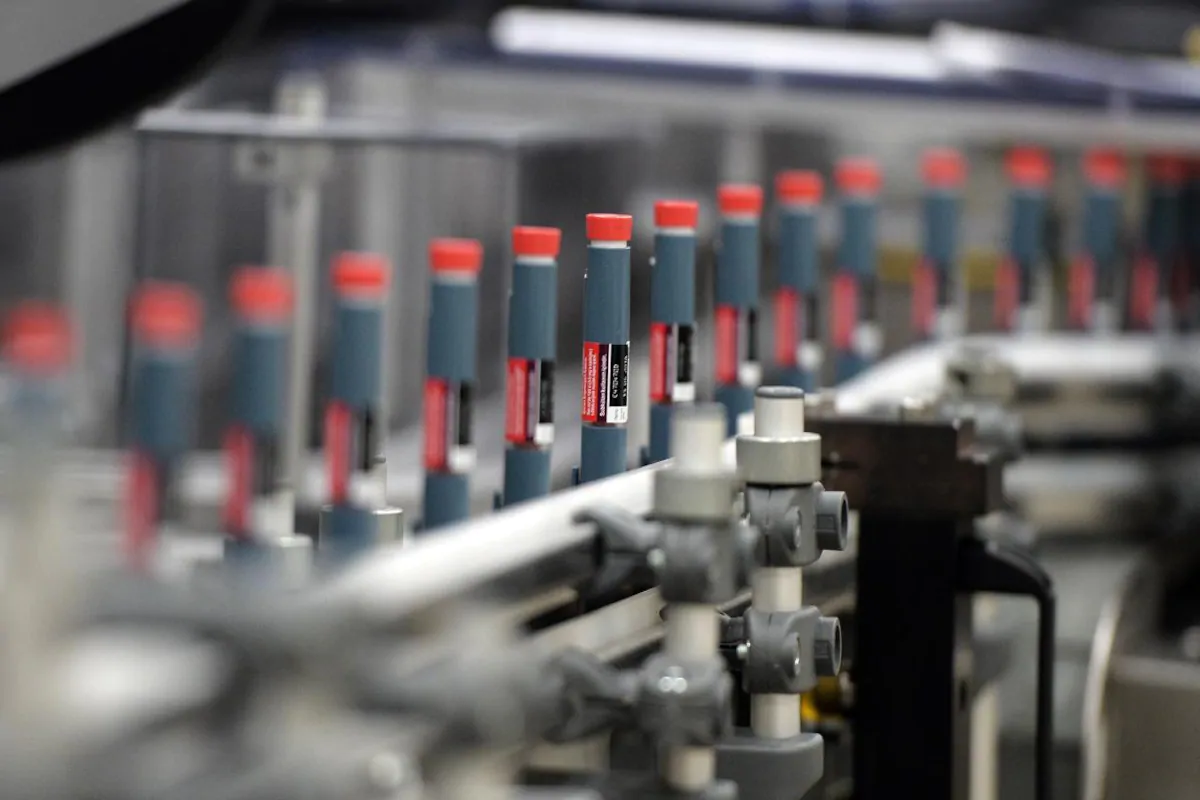A century after it was discovered, insulin still remains out of reach for many people living with diabetes, the World Health Organization (WHO) said in a report published on Friday to commemorate the milestone anniversary.
The main barriers to accessing the lifesaving medicine, namely high prices, low availability of human insulin, a market dominated by just a few producers, and weak health systems.
Profit over solidarity
Insulin is the “bedrock” of diabetes treatment, and WHO is working with countries and manufacturers to expand access to everyone who needs it.
“The scientists who discovered insulin 100 years ago refused to profit from their discovery and sold the patent for just one dollar,” said Tedros Adhanom Ghebreyesus, Director-General of the UN agency.
“Unfortunately, that gesture of solidarity has been overtaken by a multi-billion-dollar business that has created vast access gaps.”
Diabetes is characterized by elevated levels of blood sugar which over time, can cause serious damage to the heart, blood vessels, eyes, kidneys and nerves.
Millions missing out
There are two forms of the disease. Type 1 diabetes, previously known as juvenile diabetes, is a chronic condition in which the pancreas produces little or no insulin. For nine million people worldwide living with type 1 diabetes, having access to insulin turns the disease into a manageable condition.
The most common form of diabetes, type 2, is usually found in adults. It occurs when the body becomes resistant to insulin or doesn’t make enough of it.
WHO said for more than 60 million people living with type 2 diabetes, insulin is essential to reduce the risk of kidney failure, blindness and amputation. However, one in two people who need the medicine do not get it.
While diabetes is increasing in low and middle-income countries, their consumption of insulin has not kept up with the growing disease burden.
Even though three in four people who have type 2 diabetes live outside of North America and Europe, they account for less than 40 per cent of revenue from insulin sales.
Closing the insulin gap
The report outlines measures to improve access to insulin and related products.
Actions include boosting human insulin production and supply, and diversifying manufacturing of biosimilar products to create competition and reduce prices.
WHO explained that global markets have shifted from human insulin, which can be produced at relatively low cost, to pricier synthetic insulins, which can be up to three times more expensive.
The UN agency called for improved affordability by regulating prices and mark-ups through pooled procurement and greater price transparency, and promoting local manufacturing capacity in under-served regions.







